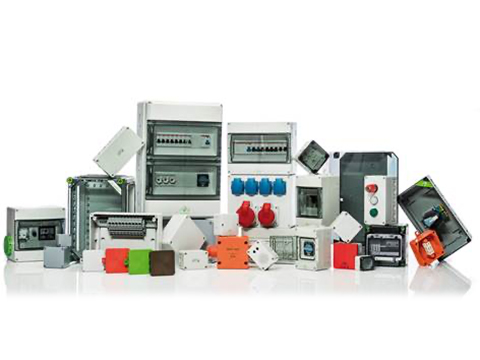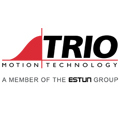
Posted to News on 27th Sep 2024, 16:00
Why industrial enclosure selection needs attention
Industrial enclosures are vital to protecting vulnerable areas of electrical architecture such as terminals and junctions through to sensitive equipment. These housings can sometimes be treated as a commodity product, yet failure to properly specify can result in downtime - or even potential safety concerns. Instead, industrial enclosures demand close consideration in design and manufacture to achieve long-term reliability, as Chris Lloyd, Managing Director of Spelsberg UK, explains.

For an industrial enclosure in an electrical installation, the key criterion of success is long-term, trouble-free protection. The assumption that all industrial enclosures achieve this fundamental need is not uncommon. However, managers responsible for the infrastructure that the enclosures protect know the cost of downtime. So too do OEMs with a focus on long-term reputation. The stakes are higher still when safety is critical.
Considering the complexity of electrical system design, whether for a building installation, an outdoor setting such as a railway or farm, or even for a single device, it's not surprising that enclosure specification is not always a priority. However, the potential for vulnerabilities at junctions, terminals, or sensitive components, means it's essential to adequately plan their protection.
Specification and design
The first point in ensuring a high-quality electrical installation is to make a thorough appraisal of enclosure needs. Here, advice from an experienced enclosure specifier can be crucial, as support from this expertise will help to cover all relevant bases. This can include considerations on the physical environment and location of the installation, through to recommendations on the required type of sealing.
Selecting an enclosure type online according to aspects such as dimensions, IP and IK ratings, materials, or design features such as condensation protection, can be quick to achieve. However, except for repeat requests or experienced specifiers, discussing complete needs with an enclosure engineer prior to selection is the more likely way to secure a long-term, reliable outcome.
Reviewing enclosure design with an engineer will also be essential if a bespoke design is necessary. Project-specific design could involve aspects such as tailoring the location of cable entry and exit points to allow optimal positioning, or it could even cover special coatings for the exterior of the enclosure. In the real world, timescales for customisation are also crucial, so it's advantageous to work with a manufacturer that provides design and prototyping in-house with facilities such as CNC machining. Not only does this ensure much faster completion, but it also retains accountability compared to involving third parties.
Build quality
Material selection is also key to manufacturing a finished product that achieves long term safety and reliability. For most purposes except for the largest applications, reinforced plastics are usually preferred. This eliminates the potential of corrosion, and light weight makes installation and maintenance significantly easier. However, when these materials are used, it's essential to ensure durability with a choice like polycarbonate. Spelsberg has made significant investment to achieve the optimum material blend, with 95% of its raw materials developed to an in-house recipe.
An important mark of build quality and safety is confirmed through certification such as the iQ mark for industrial quality, as well as UL conformance. While Spelsberg UK achieves design and custom prototyping in-house, all large-scale manufacturing takes place in Germany. These enclosures achieve the German VDE mark according to safety and quality.
Quality in electrical installation
Even bespoke manufactured enclosures should also achieve industry-recognised conformance to certify quality. This is crucial because following confirmation of a prototype, repeatability in its production is essential. Imprecision can impact long-term durability, such as seal quality that might only become apparent when moisture ingress leads to downtime. The ability to manufacture to a close tolerance is also important to ensure the ease of assembly of components and terminals, as well as the enclosure's final installation.
The quality of installation is also vital to ensure long-term reliability. In combination with the work of professional and thorough electrical installers, an enclosure that facilitates a straightforward installation is significantly more likely to provide an effective housing long term. With features such as cable glands and terminals with push-fit connections, plus a range of flexible and secure mounting options, this simplifies the process and minimises the potential for incorrect installation.
Spelsberg works closely with installers and maintenance teams to understand exactly how enclosures are used in the real world and how to design and manufacture enclosures accordingly. A comprehensive focus on design and build, from initial concept through to use in the field, creates a durable enclosure system. Ultimately, this is what's required to protect electrical junctions and components long term.
Unit 1B Queensway Business Park
Hadley Park West
TF1 6AL
UNITED KINGDOM
+44 (0)1952 605849










